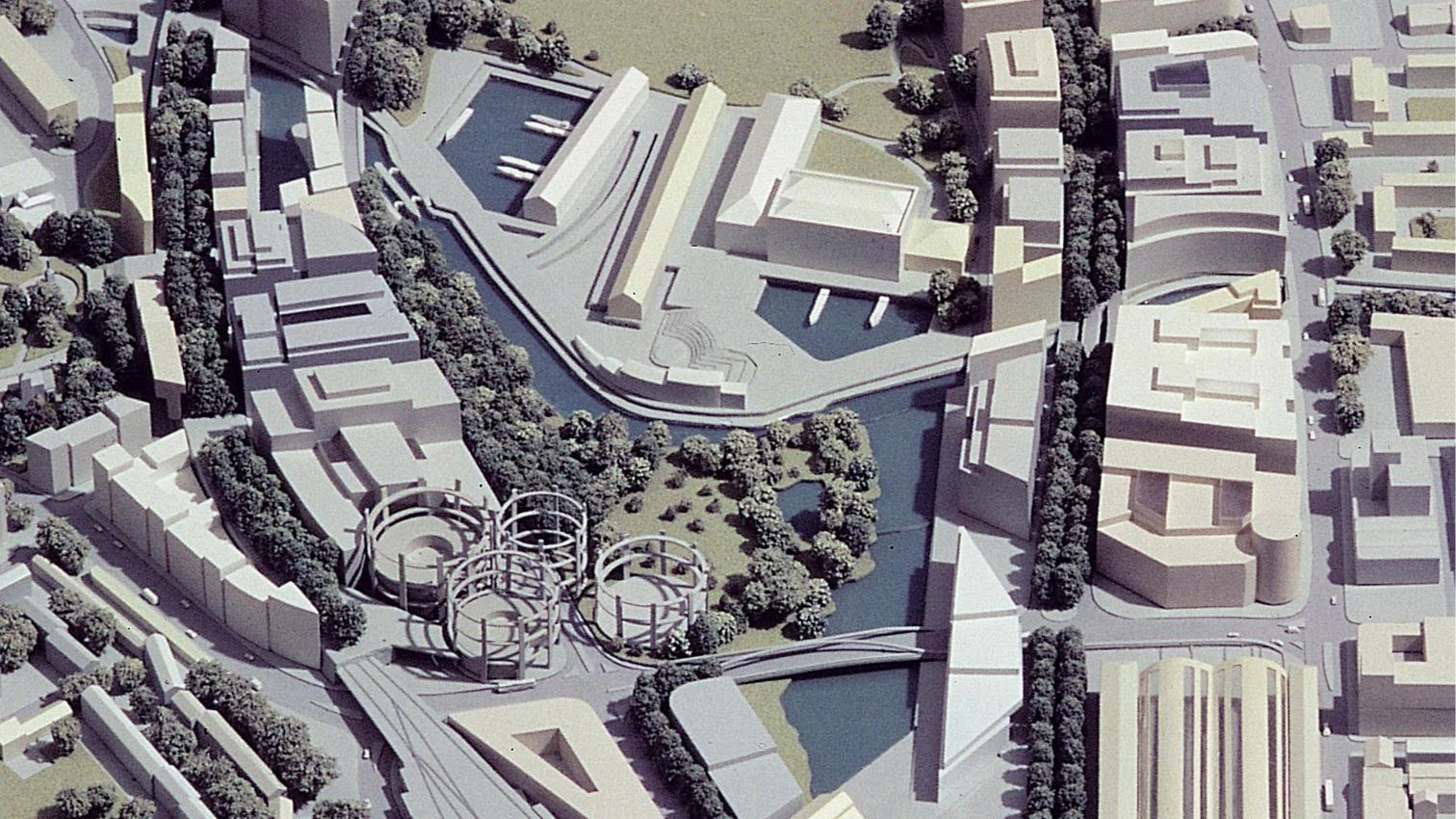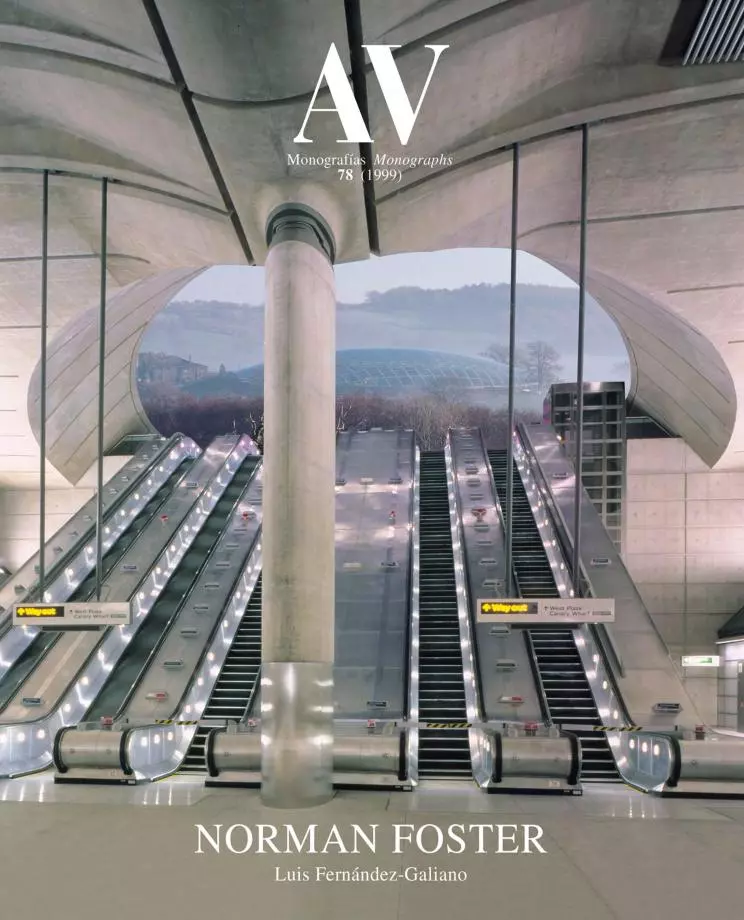Domus and Polis: from Private Simplicity to Public Gesture

Foster has never been a residential architect proper. After the first houses with Team 4, most of his domestic commissions have been for powerful clients, like the Mayor of Nîmes or the owner of the Century Tower; the project for himself of 1978 was more a system than a house; and his own present residence on top of the Riverside development has the frigid haunting scale of a company’s penthouse boardroom rather than the intimacy of a private flat. His houses have the same cool elegance, refined detailing and vigorous geometry of an office building, with subtly grand proportions and adequately laconic and self effacing constructional emphasis. At the other extreme, the urban masterplans carried out since the late 80s employ rotund gestures that go against the grain of English picturesqueness, but which link with the circles and crescents of the Georgian neoclassical tradition. The failed Paternoster competition used the gridcasbah strategy of the BBC and Televisa, proposing a maze of private courtyards and public gallerias; but the winning King’s Cross masterplan used first an ellipse and then two intersecting curves; and the urban designs for Duisburg, Sagrera and Parc-BIT would all employ the crescent shapes that had become a staple resource of the practice...[+]





